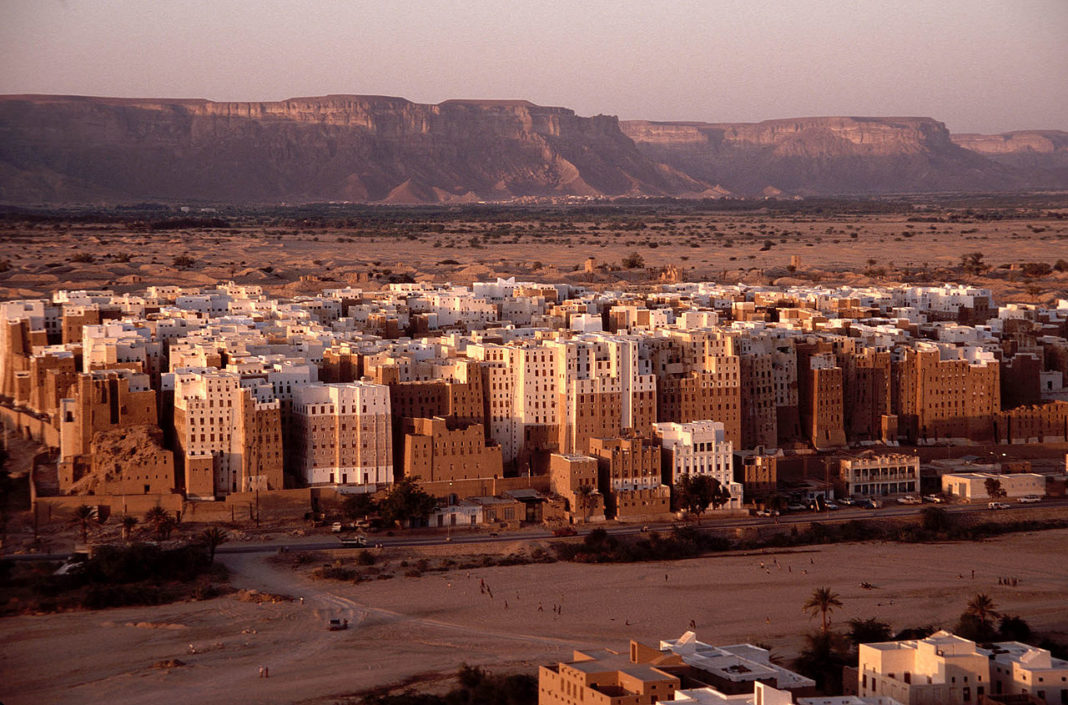Shibam is known as the first city on earth with a vertical master plan. A protected UNESCO World Heritage Site since 1982, the city is home to densely packed buildings ranging from four to eight storeys, beginning in 300 AD but now mostly built after 1532. Thanks to a fortified ring wall, the city has survived nearly two thousand years despite its precarious position adjacent to the wadi floodplain.
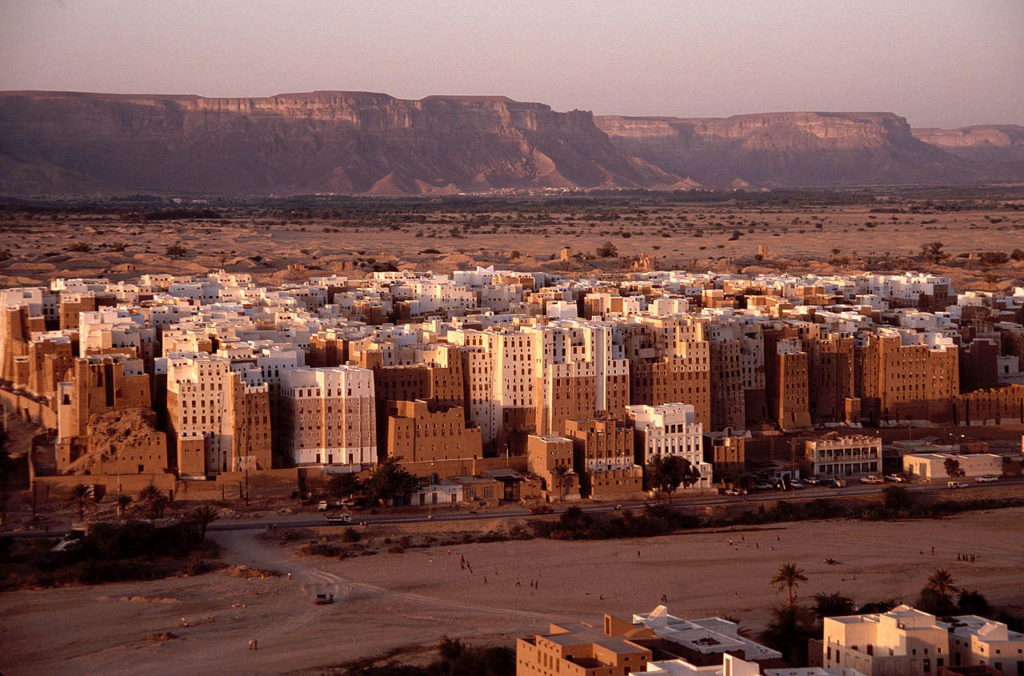
As an important stop on the spice and incense trade route, Shibam emerged as a beacon of wealth in the Southern Arabian plateau. The city began as an enclave for rival families seeking prestige, political power, and protection from Bedouin thieves. The notion of stacked housing quickly became the architectural modus operandi, and thus began the construction of hundreds of mud brick buildings. The solution of the contiguous tower houses eliminated vulnerabilities from attack, while simultaneously exhibiting the wealth of the residents.
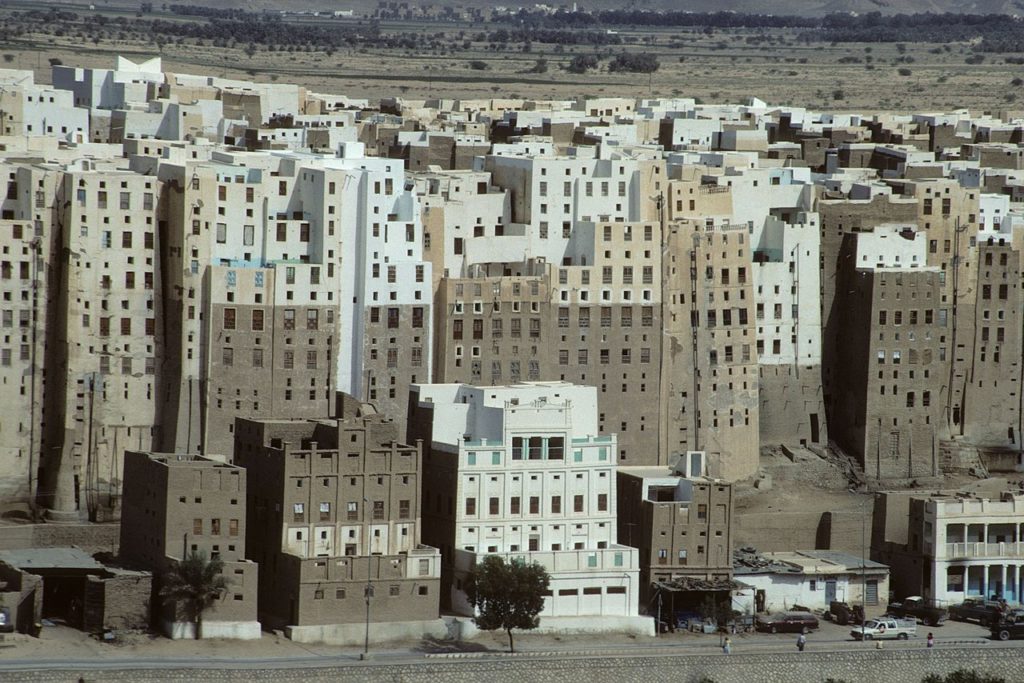
Shibam is historically revered for its ingenious urban planning methods, particularly with architecture that harmonizes with a population deeply devoted to traditional Muslim culture. Early incarnations of Islamic architecture can be noted in the fenestration on the higher levels of the structures while the ground levels were dictated by security, creating a fortress-like defense system to protect the affluent residents inside.
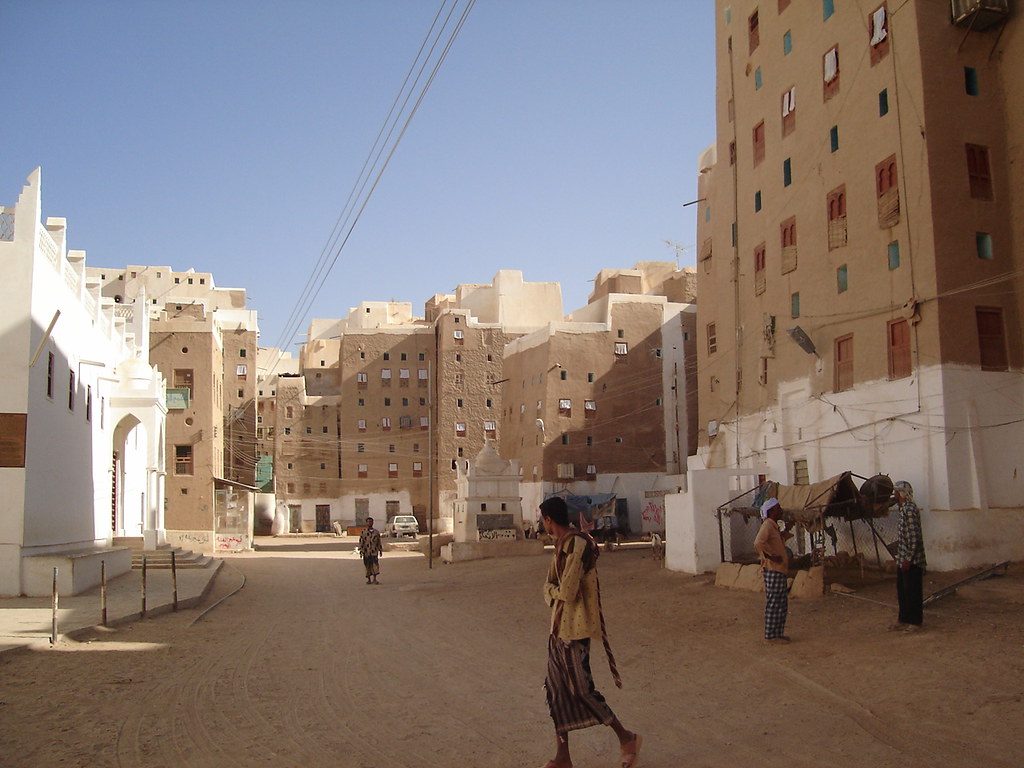
Shibam bears witness to the cultural identity of the people of Wadi Hadramaut and their former traditional way of life. The attributes that carry Outstanding Universal Value including the city layout, the city skyline, the city wall, the traditional buildings, and the relationship between the city and its surrounding landscape continue to be maintained. Authenticity is threatened indirectly by outside disruptions and in certain cases, by the general tendency in Yemen of replacing traditional materials with concrete structures.
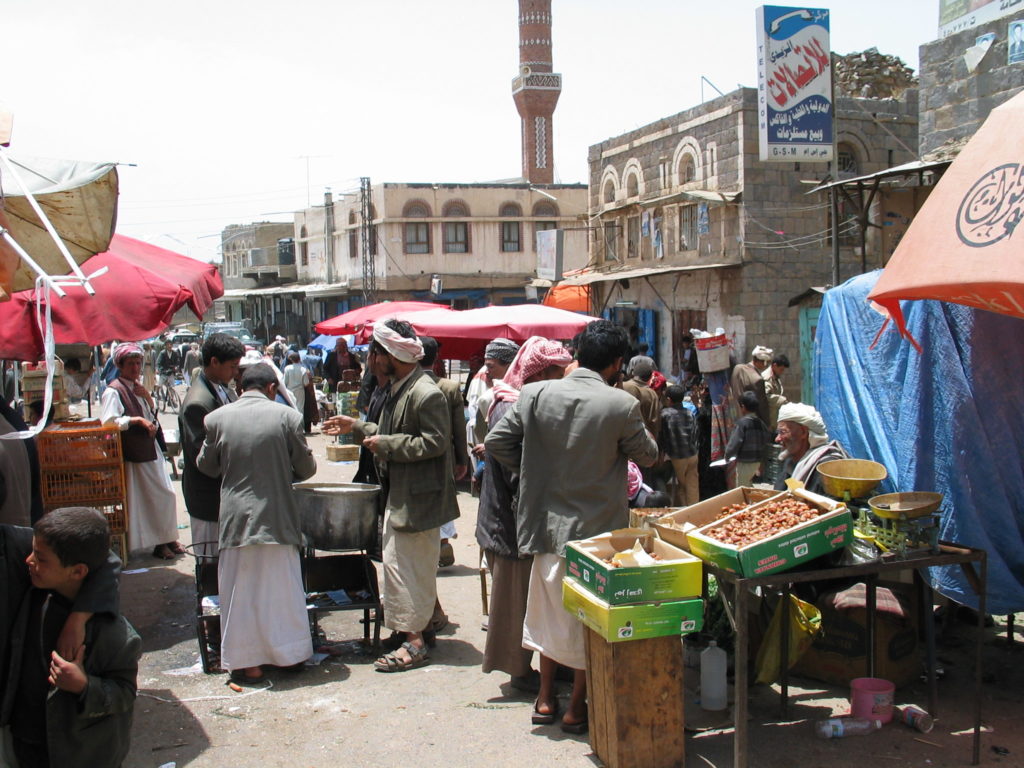
Many people liken, the houses in Shibam to tall but thin guys lined up next to each other. Despite the great height, the width of the buildings is quite thin, in addition, the streets in Shibam are narrow and dark, sandwiched between tall buildings making the city look quite cramped.
Because the road here is very narrow, with only enough width for one car, the city allows all cars to freely travel on all roads. In return, the bustling and colorful commercial activities on the street make Shibam always lively and attractive.
According to the Internet





